February 20, 2022: At SITARA’s Meeting with Dr Ajay Kumar, Defence Secretary of India, we received assurances that the highest levels of Government were committed to ensure a progressive end to defence imports to ensure National Security. The redirection of India’s vast Government procurement market – around US$500 bn, – towards domestic procurement – would completely transform India and help achieve SITARA’s goals. This is only a little less than US Government procurement at US$ 837 billion and it is amazing that over the decades no attempt to reform the system had been made till recently. SITARA contributed greatly to this goal with a very senior Officer telling us that our detailed note on transgressions submitted in January 2019 had “lit a fire among Government departments and given a big push to reforms”.
To this end we must guard against Government procurement being covered in India’s FTAs, as this will put paid to Prime Minister’s Atmanirbharta campaign by giving the go ahead o existing lobbies to donate all valuable contracts to foreign companies .
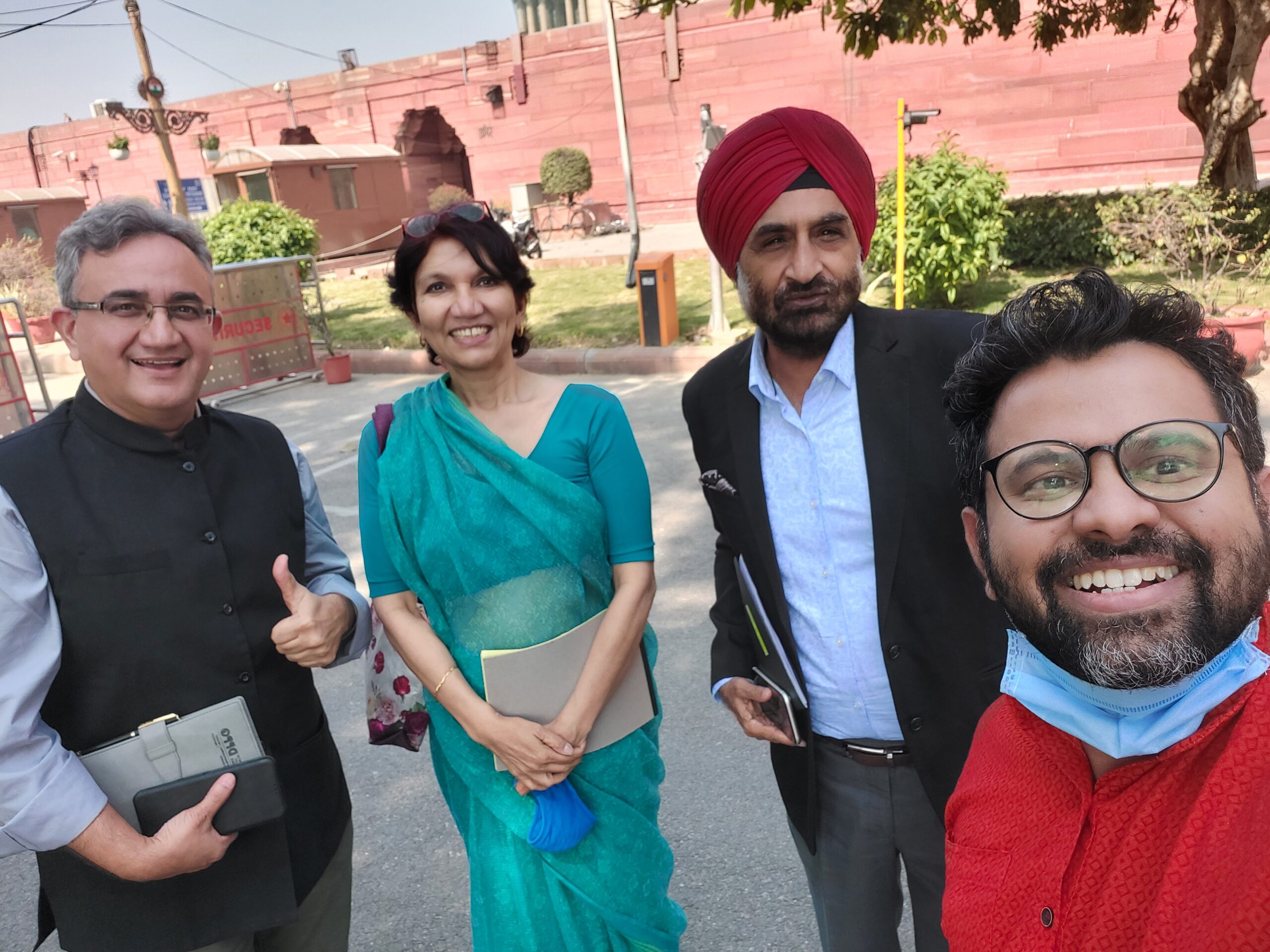
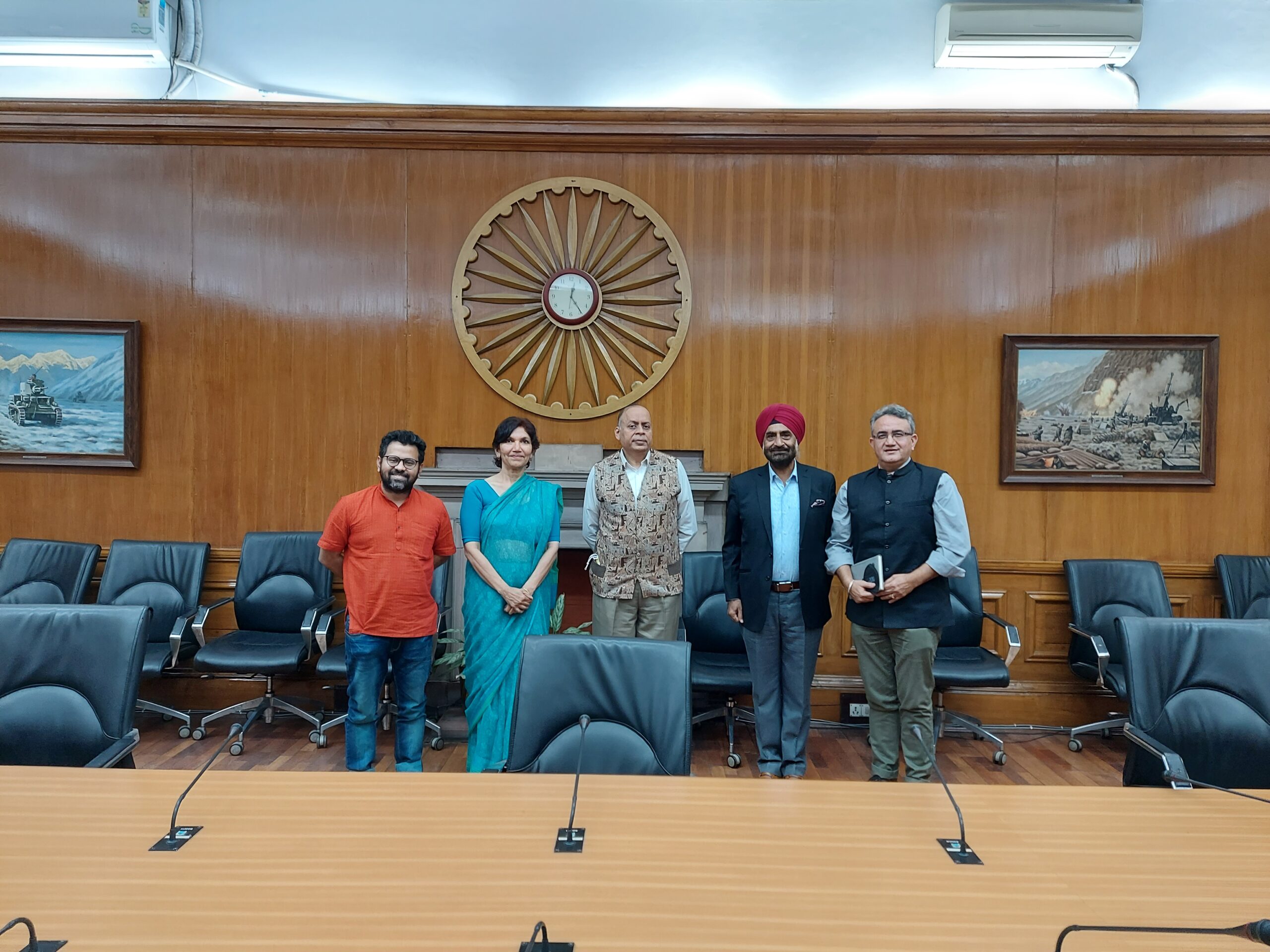
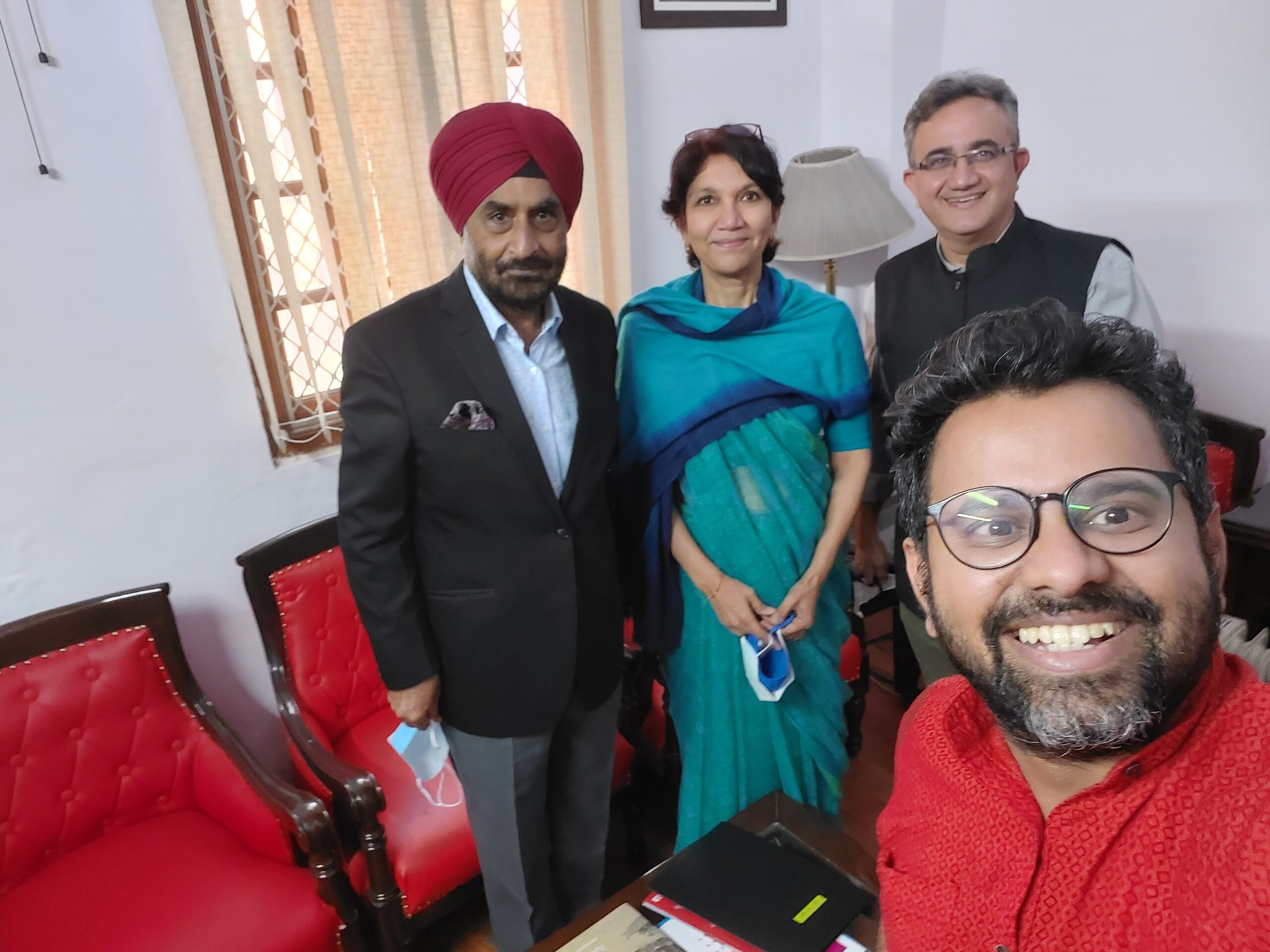
SITARA’s distinguished membership also emphasised the need for
- A G2G mechanism to promote defence exports
- Better utilisation of LOCs
- Bringing the newly announced provision in the Budget to open up 25 per cent of Defence R&D to Industry, start-ups and academia – under a revived and functioning Make- 1. As underlined by a PIIE paper, R&D incentives and subsidies do more for improving competitiveness than trade barriers, which should only be sued as an interim measure while domestic competitiveness via strengthened R&D is strengthened.
- Restoration of R&D incentives
- Fixing opaque Procurement practices. SITARA reiterated its long-held suggestion that the Defence Production and Acquisition wings in MOD be merged or synergised. Keeping Acquisitions away from Production enables imports which is against PM’s Atmanirbharta initiative. All countries with advanced defence industries integrate R&D, production and acquisition in a synergistically linked flow to ensure that acquisitions are framed with indigenous production in mind. Given the Government’s clear commitment to reduce imports and encourage domestic production and high-tech capabilities, the time has come to implement this major reform. As per Government’s own orders, restrictive conditions favoring foreign manufacturers and limiting entry of Indian manufacturers must be eliminated and PPP (MII) Policy Orders should be implemented in letter and spirit.
- However, since this is a recurring problem, the problem we need to address is how to fix the process – which at present allows one low-level guy to specify a 1000 Gbps backplane speed, thus ensuring Cisco only, whereas a 100 Gbps backplane speed is sufficient by a large margin in a closed network. This has a double effect: close off Indian vendors and ensure that the foreign vendor is able to push his highest end product at the costlier end of the spectrum.
- We need a set of specifications issued so that every project doesn’t come up with its own definitions. A process needs to be put in place which will ensure that specifications to favor preferred FOEMs by short-sighted bureaucrats who do not care/ understand the imperatives of National Security and flout Prime Minister’s Atmanirbharta directives – are not arbitrarily included in the tenders. Unless we are able to standardise the process, we will not be able to counter this.
- Specifications must be prepared in consultation with Indian players and indigenous technological agencies to ensure maximum indigenization in defense procurement. These must be transparent, rational and justified criteria aimed at promoting Indian firms.
- Have DRDO and concerned affiliates (NAL, et al) transfer the comprehensive source codes of the indigenous Tejas LCA to two capable private sector firms, say, Mahindra Aviation and Tata (who are gearing up in hopes of producing the antiquated F-16) to enable them to produce this aircraft. It will rapidly ramp up production of this 4.5 generation combat aircraft to both meet IAF needs and, just as important, meet export demand (there’s great deal of interest in Asia, Africa and Central Asia in this cost-effective fighter plane.). It will also amortize investment in this project, generate revenues for the follow-up Advanced Medium Combat Aircraft programme, and generally help make the nascent aerospace industry in the country financially viable and technologically self-sufficient. Moreover, it is the kind of MOD push the PM’s Atmanirbharta programme requires. Further, by bringing in economies of scale, the unit cost of the LCA to the IAF will be substantially reduced. The Mahindra and Tata Tejas lines would be in addition to the two HAL assembly lines, which together cannot produce more than 30 LCAs annually.
- Navy’s Project 75i has to go fully indigenous and be made cost-efficient. This can be done by making L&T — producer of the Arihant-class nuclear powered missile-firing submarines, the main contractor, to enable that Company to just buy what’s needed — a submarine design and select technologies (such as optical masts, etc) for the best price from competing foreign vendors. L&T has proven capacity to do everything else submarine manufacture-wise, including the capacity to translate the design blueprint into engineering designs, etc. If the contract is handed over to a foreign vendor (DCNS, Rubin, Navatia or HDW) instead, as has been done in the past, that vendor will get to select the technologies to transfer, leaving India, as before, in the lurch because these technologies are all already here! Just the design-buy of a diesel submarine with Air Independent Propulsion will cost no more than US$500 million. Add another US$500 million for other high-value technologies, and total outlay in hard currency will, at the most, be about ONLY US$ ONE Billion versus the US$8-$10 billion earmarked by MOD//GOI for Project 75i!
- Setting up a National Technology Transfer Agency (NTTA), as MOD needs an external agency which can monitor fraudulent tech transfers/ shortfalls / navigate the legal issues involved. This was what the Japanese and others had succeeded in doing, thus becoming part of extremely high-tech global supply chains. Organisations like RAND had helped pilot it. SITARA had the experts who could execute it.
- Conducting a Defence Innovation Dialogue with UCSD, United States
- Instituting Atmanirbharta Awards.
- Increasing the amounts under iDEX.
- Instituting a strategic VC Fund like America’s In-Q-Tel, the contours of which we re provided by our distinguished Industry experts.
- SITARA also posed the need for multiple defence facilitation centres across India’s Universities.
Background
SITARA has been promoting Atmanirbhar Bharat since 2011, when its predecessor the Defence High-Tech Innovation Forum was launched. Our main thrust is to ensure that critical infrastructure and defence equipment is indigenised and foreign inputs reduced in the interest of National Security. For this, India needs to (i) promote R&D, (ii) use Government Procurement to strengthen Indian firms’ financial and R&D capabilities; and (iii) ensure that high-tech talent and firms stay Indian. Attached are the proposals SITARA’s star line of distinguished experts have submitted.
There is a massive cottage industry dedicated to siphoning Indian talent, brains and companies abroad. US strategic publications have underlined the importance of the “Genius Visa”, with the majority of engineers contributing to semiconductor design being of Indian origin. Table 8 of the US Centre for Strategic and Emerging Technology (CSET)’s research findings from its publication “The Chipmakers” is copied below. Thus, engineers of Indian origin constitute 707/1270 of Nvidia’s workforce; 737/1365 of Broadcom; 3428/5032 of Qualcomm; 153/387 of Applied Materials; 404 of 636 of Synopsis; 246/397 of Cadence etc.
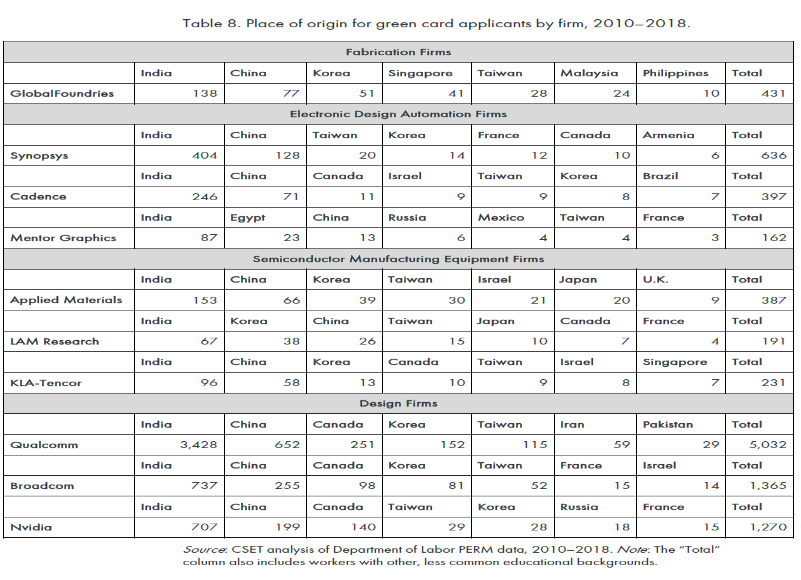
Source: “The Chipmakers”, Centre for Security & Emerging Technology; https://cset.georgetown.edu/wp-content/uploads/CSET-The-Chipmakers.pdf
All these hundreds of billions in dollar value are fleeing India. This is a huge loss to India.
This together with the still sub-optimal procurement process that ensures that mainly foreign companies benefit from the US$500 bn Government procurement market, keeps India backward.
Correcting these two anomalies through iSPIRT’s Stay in India and SITARA’s Stay Indian initiatives and making procurement reforms effective – would hugely enhance India’s development potential and yield immediate results.
To this end, proposals to advance the above agendas are attached.

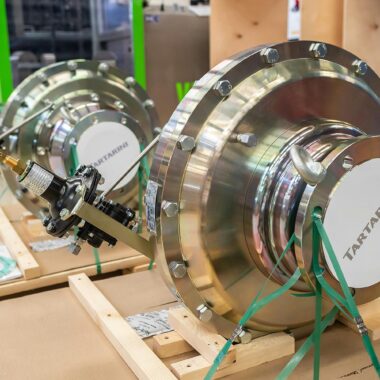




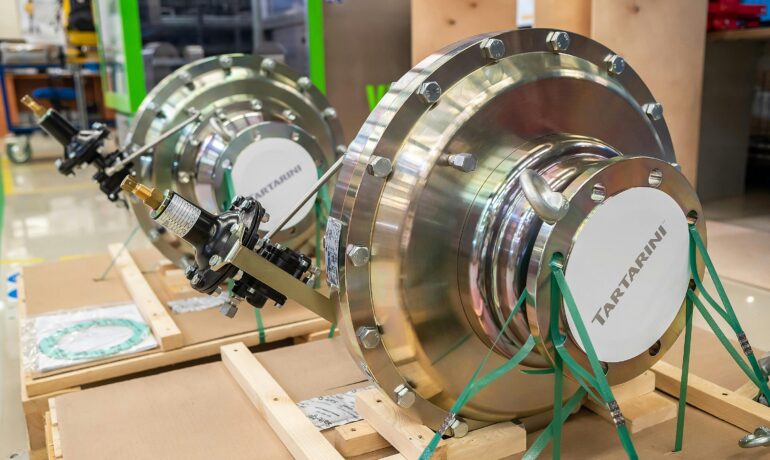


More Stories
Win-Win Solution for the Farmers’ Agitation
iSPIRT and SITARA’s proposal for a Sovereign Compute Stack
Joint Inputs for draft Deep Tech Policy